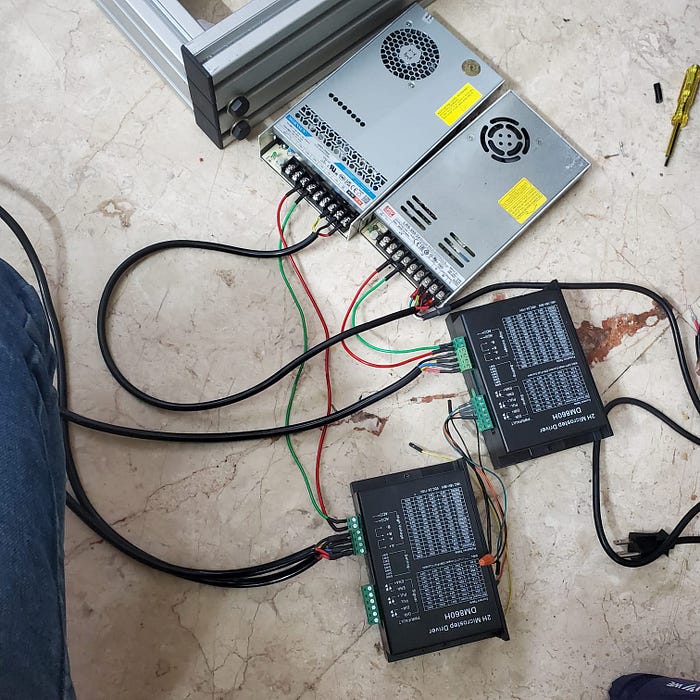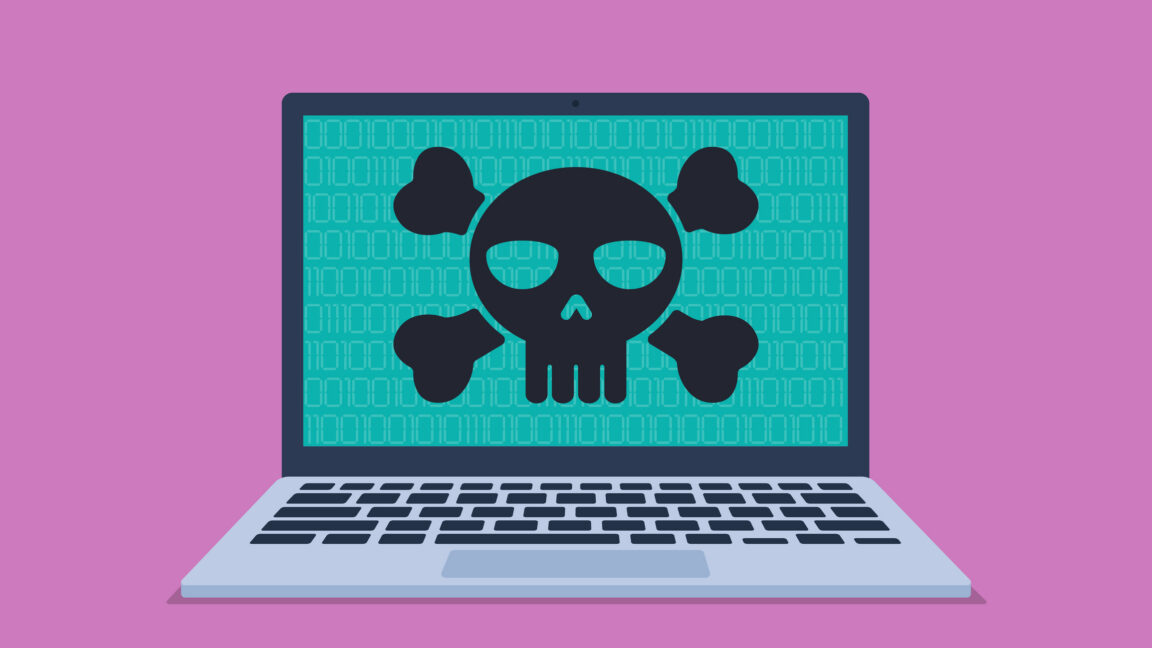Introduction to Efficient AI
Efficiency in AI isn’t just about speed, it’s about making powerful models work for every business. Large Language Models (LLMs) like GPT-4, LLaMA, and Falcon have revolutionized enterprise AI, powering everything from intelligent chatbots to document summarization. However, fine-tuning these models on enterprise-specific data is traditionally expensive and hardware-intensive.
The Challenge of Fine-Tuning LLMs
For those who don’t have access to extensive resources, fine-tuning LLMs can be a significant barrier to entry. The process requires substantial computational power and can be costly. This is where innovative methods come into play to make fine-tuning more accessible.
LoRA and QLoRA: Efficient Fine-Tuning Methods
That’s where LoRA (Low-Rank Adaptation) and QLoRA (Quantized Low-Rank Adaptation) come in. These methods make it possible to fine-tune huge LLMs faster and cheaper, even on a single GPU, without sacrificing much performance.
How LoRA and QLoRA Work
Imagine you’re handed a massive cookbook with millions of recipes, but you only need to tweak it to make desserts for a specific bakery. Rewriting every recipe would be exhausting and expensive. Instead, what if you could add a few sticky notes with adjustments just for the desserts? That’s the essence of LoRA and QLoRA, smart techniques that let enterprises fine-tune large language models quickly and affordably.
Integrating LoRA and QLoRA into Enterprise Workflows
These techniques can be integrated into enterprise workflows using tools like LangGraph, enabling businesses to adapt LLMs to their specific needs efficiently. This includes real-world use cases, code, and comparisons to demonstrate their effectiveness.
Real-World Applications and Benefits
By leveraging LoRA and QLoRA, businesses can significantly reduce the resources required for fine-tuning LLMs. This not only cuts costs but also makes advanced AI capabilities more accessible to a wider range of organizations. The result is faster deployment of AI solutions and a more competitive edge in the market.
Conclusion
In conclusion, LoRA and QLoRA are groundbreaking methods for fine-tuning large language models. They offer a more efficient, cost-effective way for businesses to adapt these powerful AI tools to their specific needs. As AI continues to evolve, the importance of accessible and efficient fine-tuning methods will only grow, making LoRA and QLoRA essential techniques for any enterprise looking to leverage the full potential of LLMs.
FAQs
- Q: What are LoRA and QLoRA?
A: LoRA (Low-Rank Adaptation) and QLoRA (Quantized Low-Rank Adaptation) are methods used for fine-tuning large language models (LLMs) in a more efficient and cost-effective manner. - Q: How do LoRA and QLoRA work?
A: They work by allowing for adjustments to be made to the LLMs without requiring a full rewrite of the model, much like adding notes to a cookbook instead of rewriting it. - Q: What are the benefits of using LoRA and QLoRA?
A: The benefits include reduced costs, faster fine-tuning, and the ability to fine-tune models on less powerful hardware, making advanced AI more accessible to businesses. - Q: Can LoRA and QLoRA be used in any industry?
A: Yes, these methods can be applied across various industries to fine-tune LLMs for specific tasks, such as chatbots, document summarization, and more.











